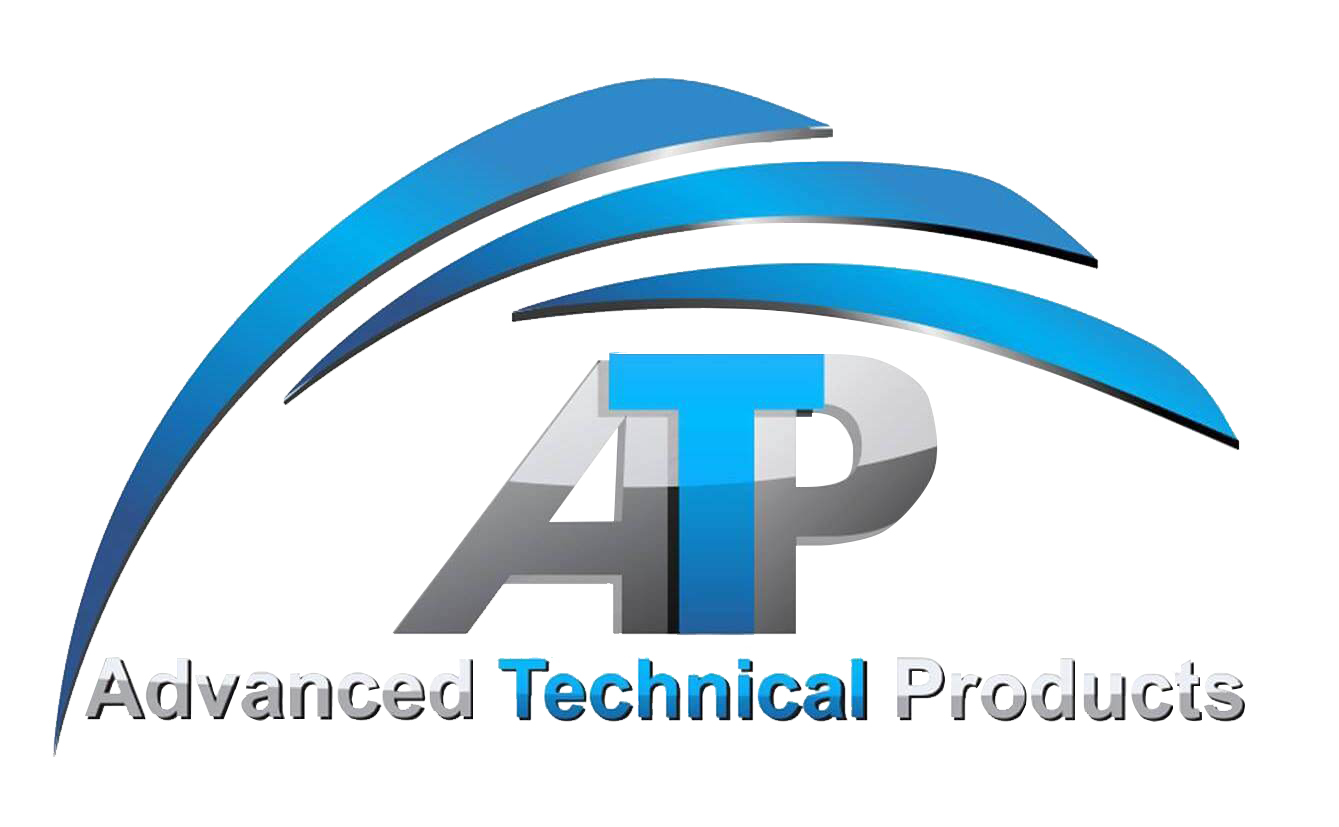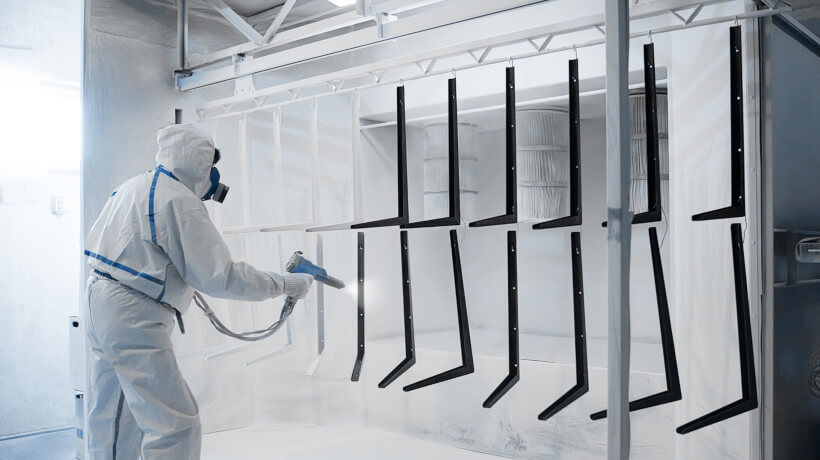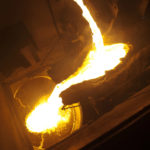The comprehensive guide “Nitriding Explained – How It Works, Benefits & Types” delves into the intricacies of nitriding, an advanced case-hardening process. This technique imparts outer layer hardness to components by infusing nitrogen into their surfaces, instigating the amalgamation of nitrogen with iron and alloying elements. The result is the formation of robust metallic nitrides.
A notable aspect of nitriding is its selective impact – only the outer layer is transformed, maintaining the original properties of the part’s interior, rendering it relatively softer. Remarkably, through the nitriding process, a surface hardness of up to 76 HRC (90 HRA) can be achieved.
The hardened layer, also known as the case depth, generally ranges from 200–300 𝜇m (0.0002m), with some applications extending it up to 2 mm. Factors such as exposure duration, nitriding temperature, and gas flow influence its control.
The outcome of the nitriding process is a compound layer characterized by a distinct white outer layer and a diffusion zone beneath. This diffusion zone comprises absorbed nitrogen and robust nitride precipitates, collectively contributing to enhanced durability.
Nitriding operates at temperatures below the austenitisation threshold of steel, initiating the formation of austenite at 727 °C (1340 °F) for plain carbon steel, with variations in alloy steels based on composition.
Click here to learn more about Advanced Technical Products.
Article with all rights reserved, courtesy of fractory.com






